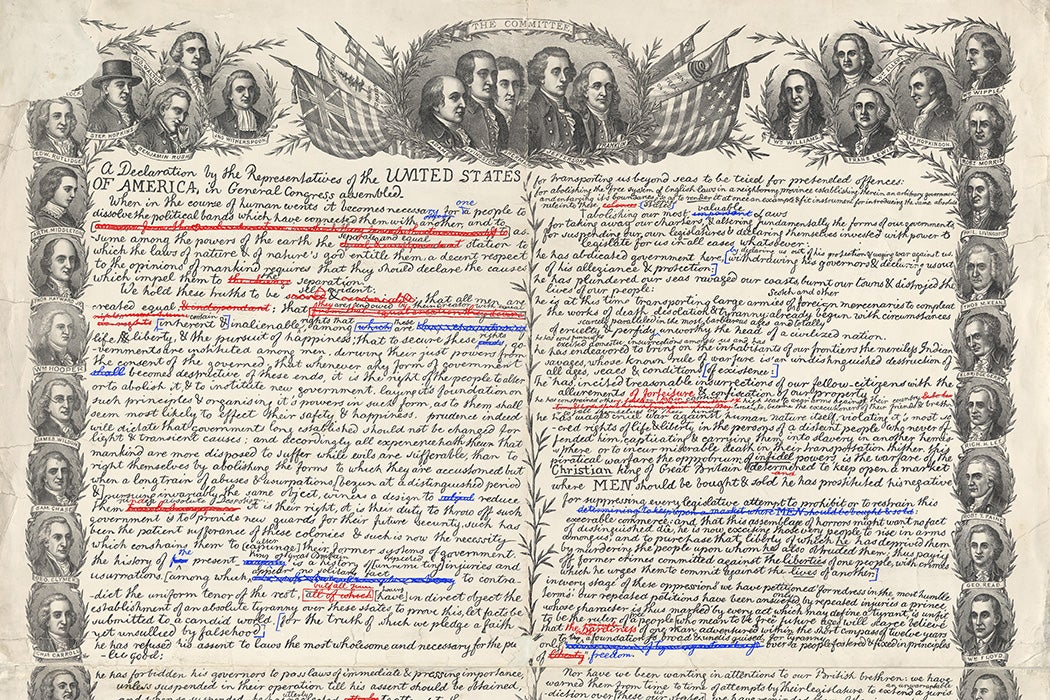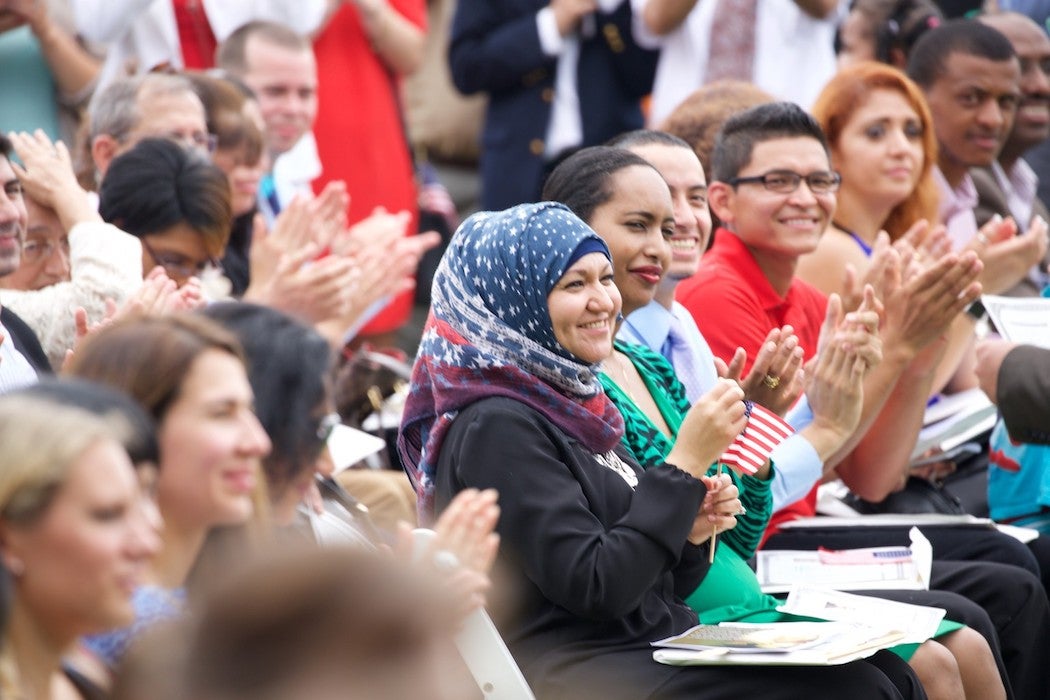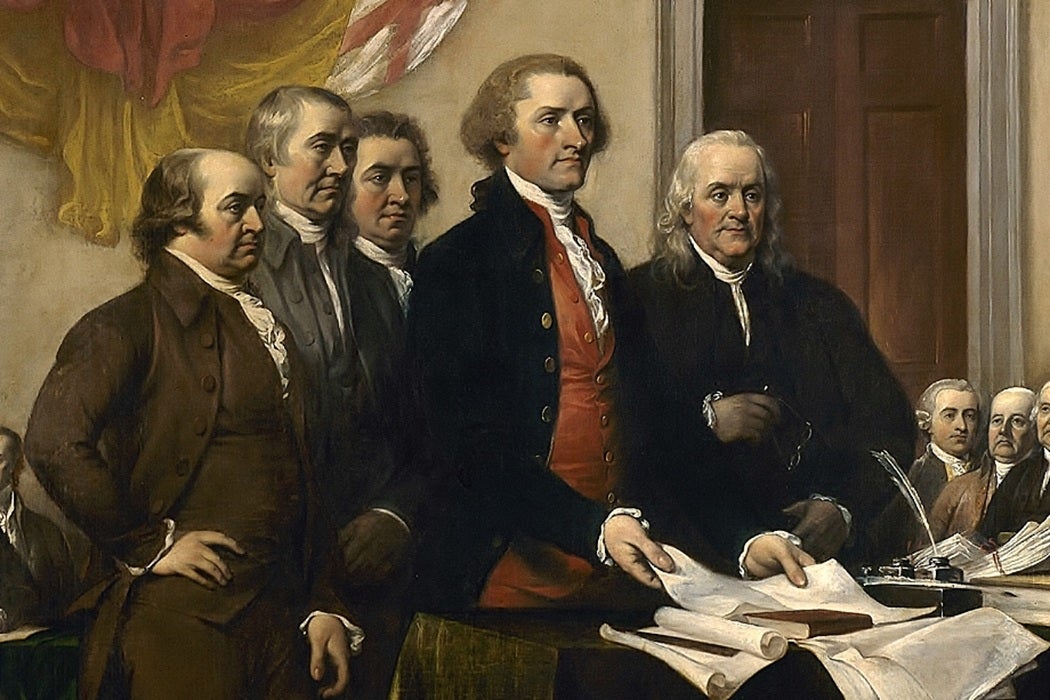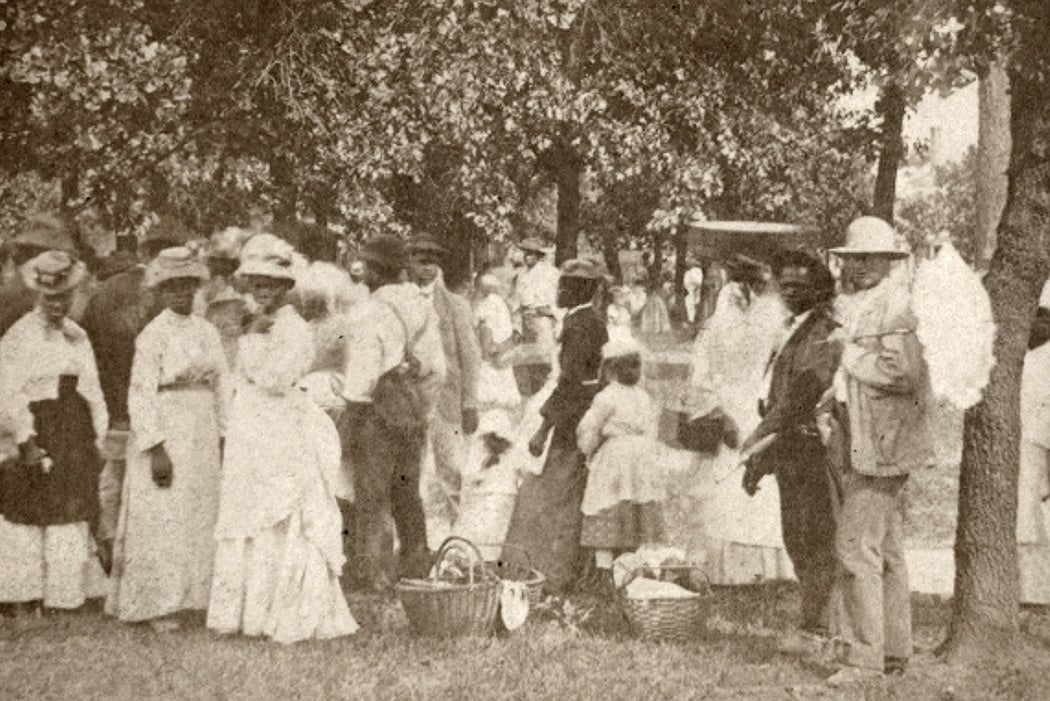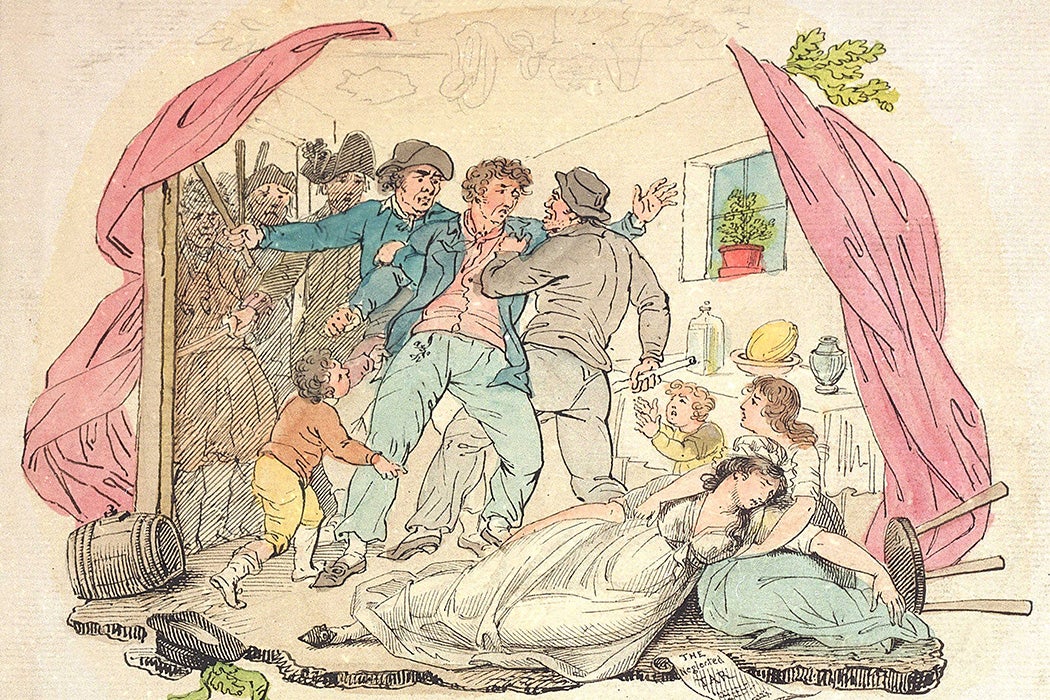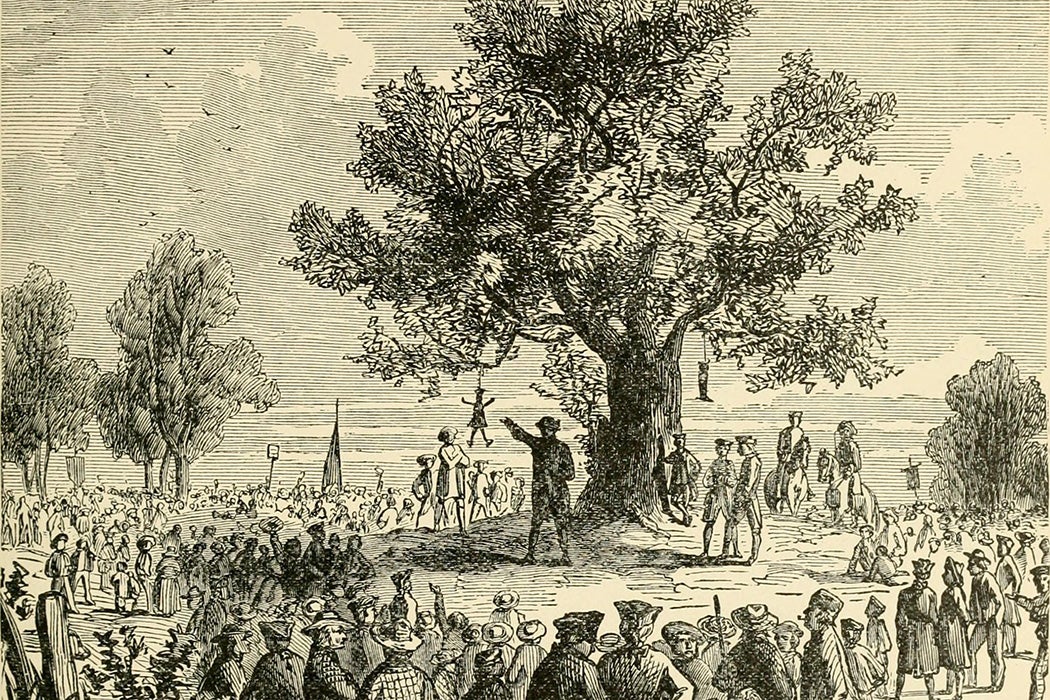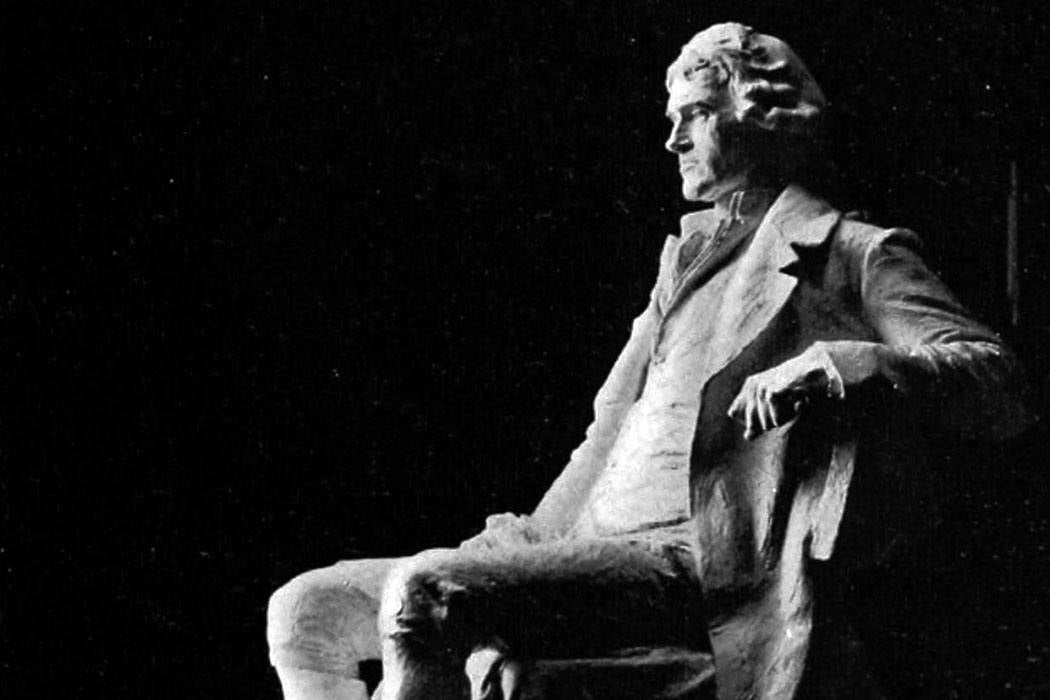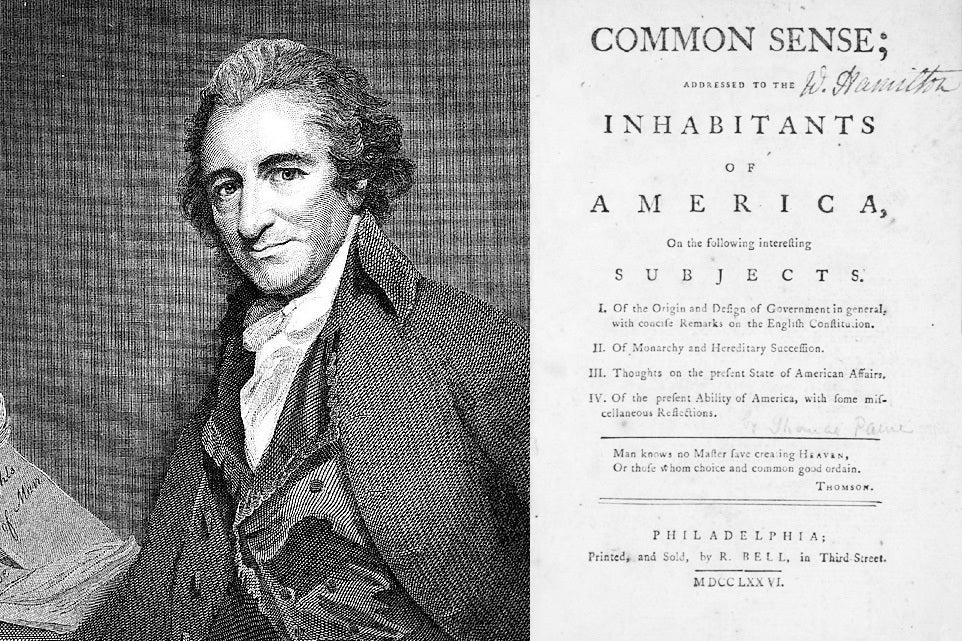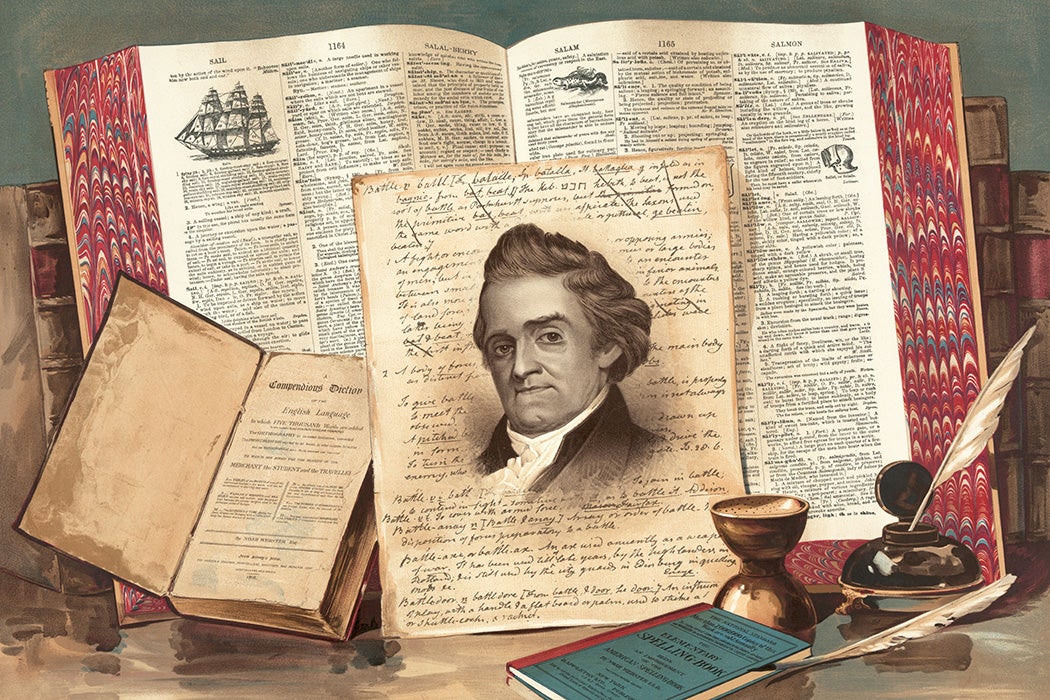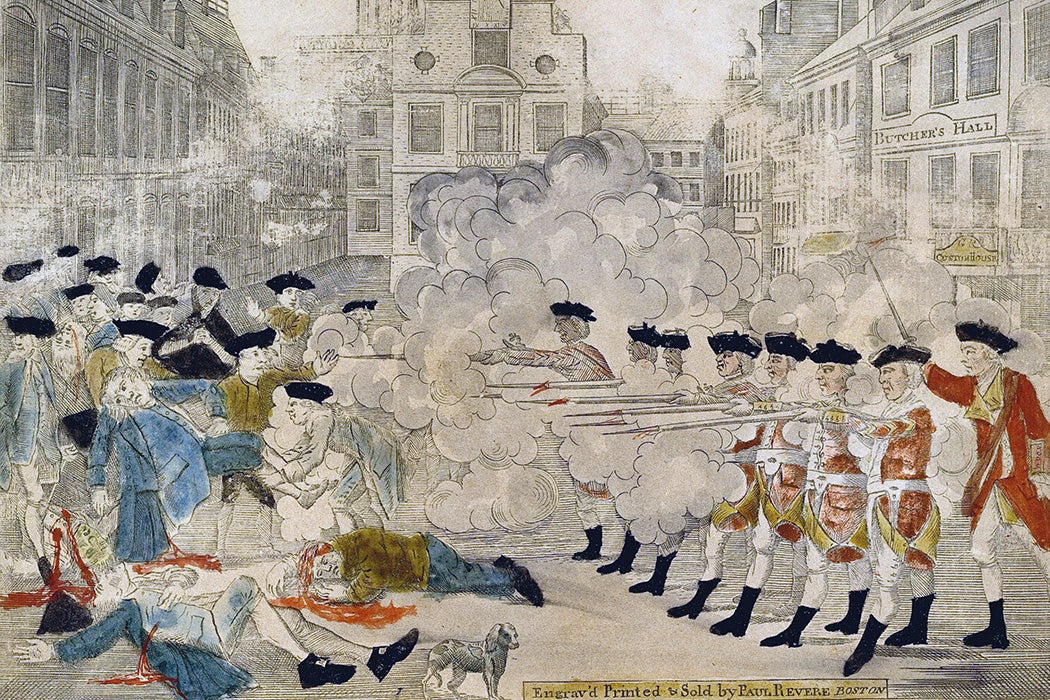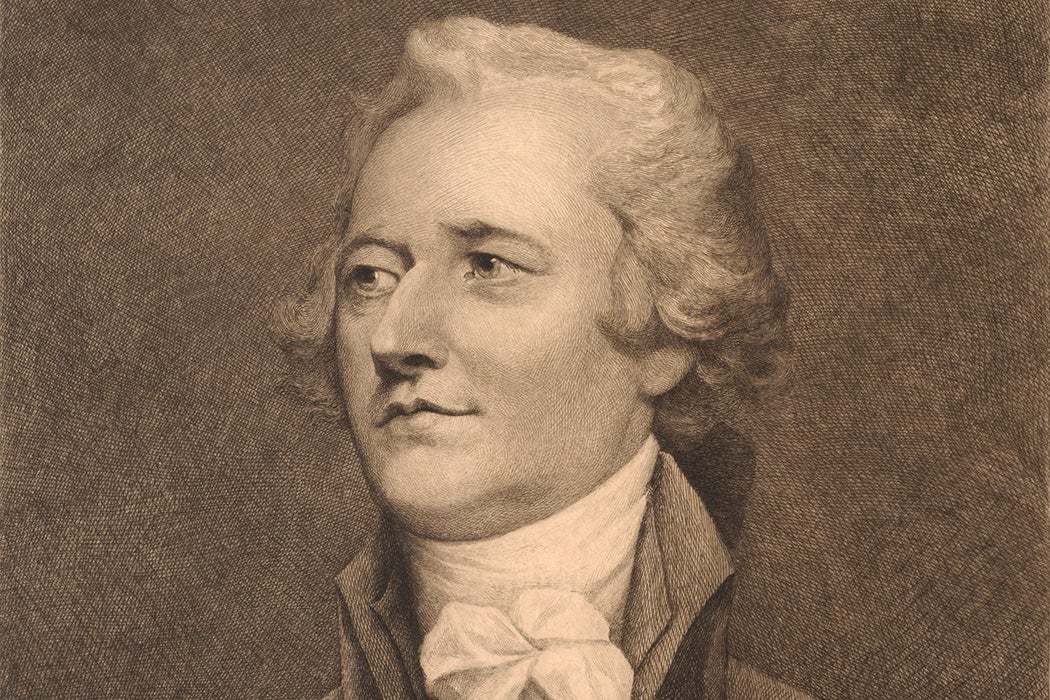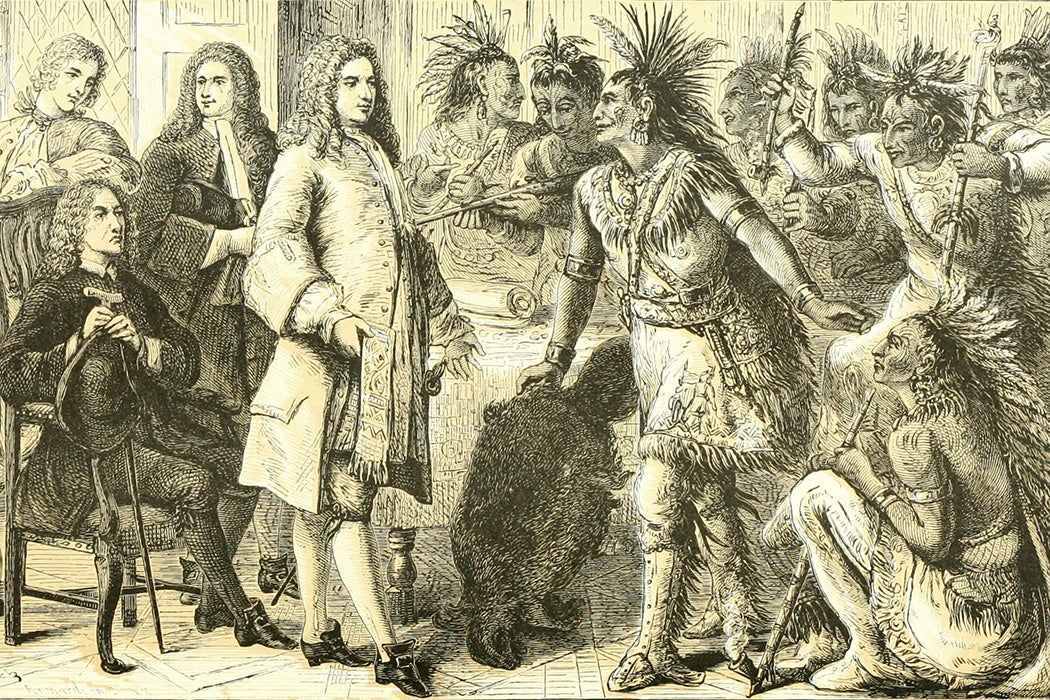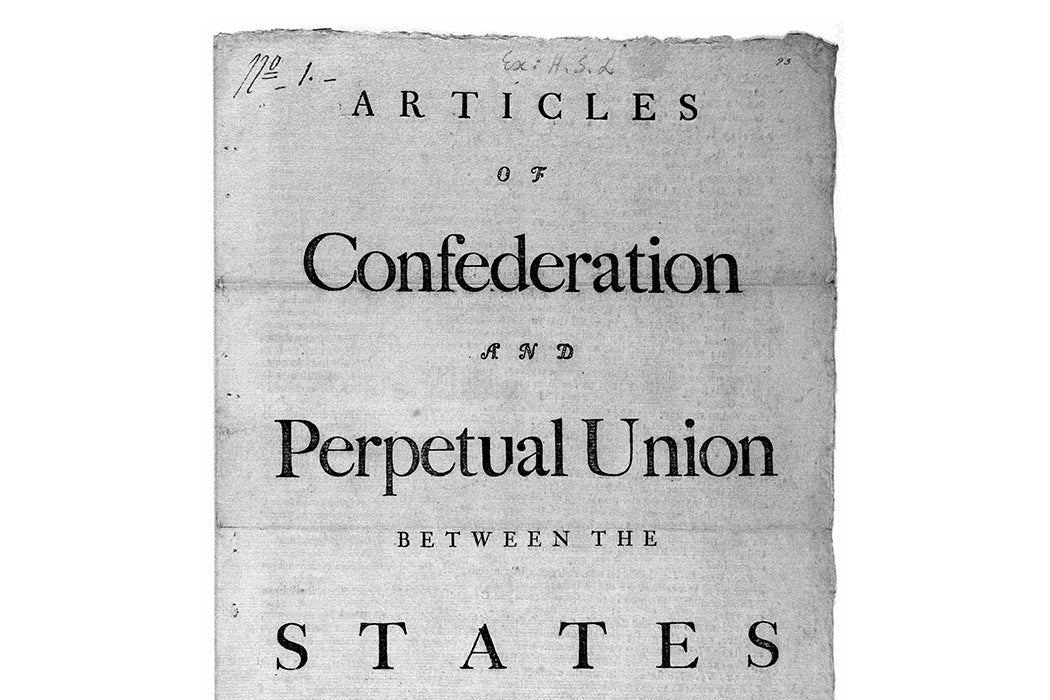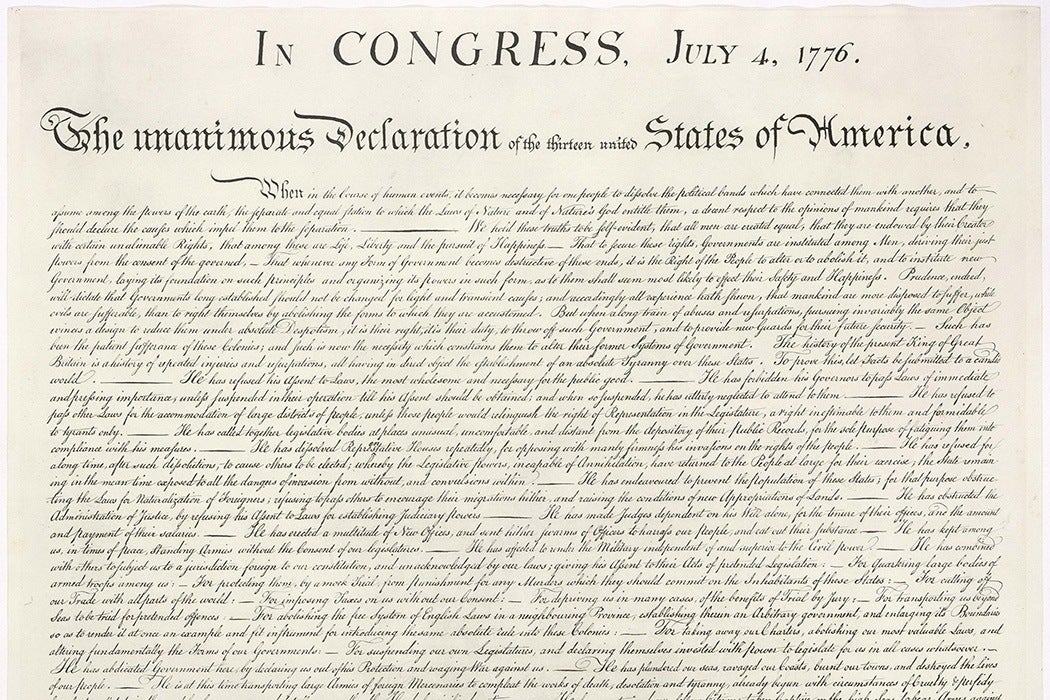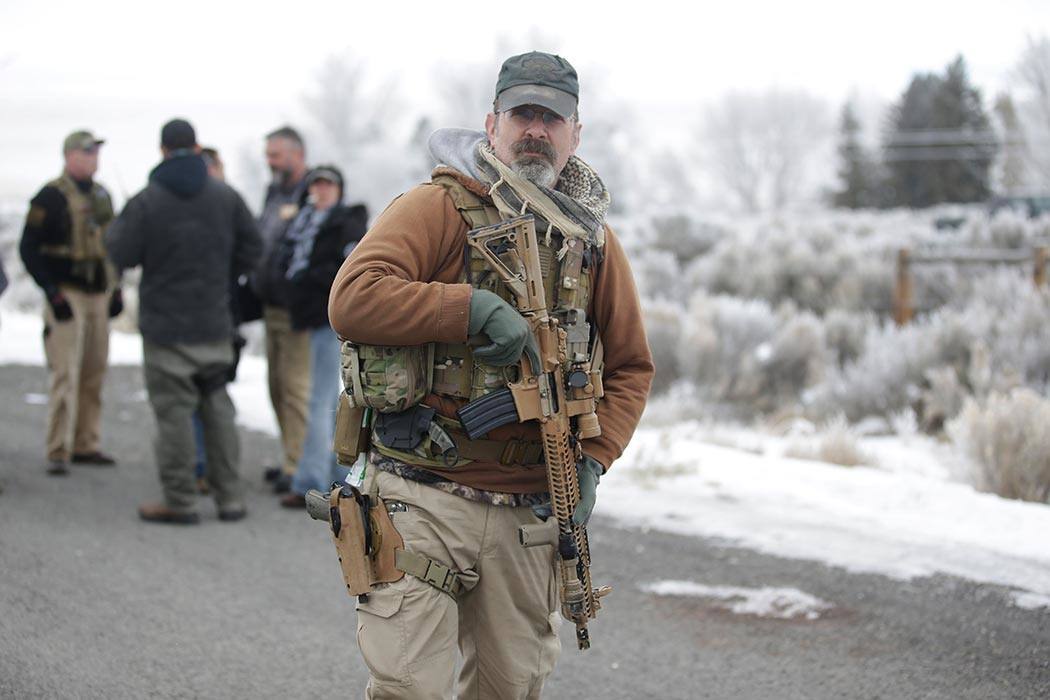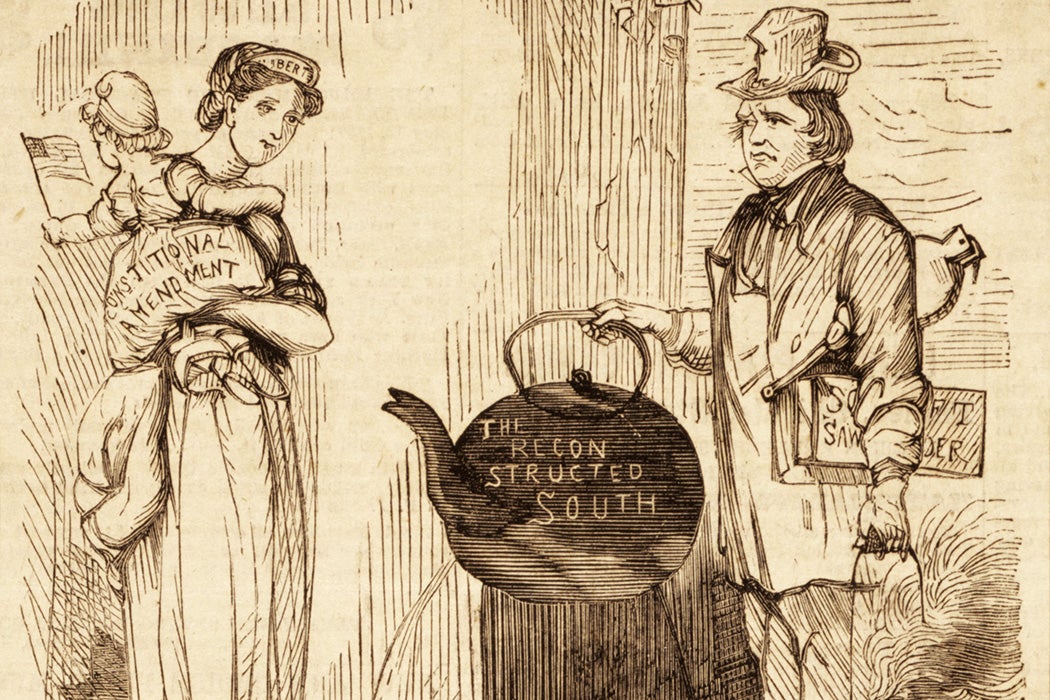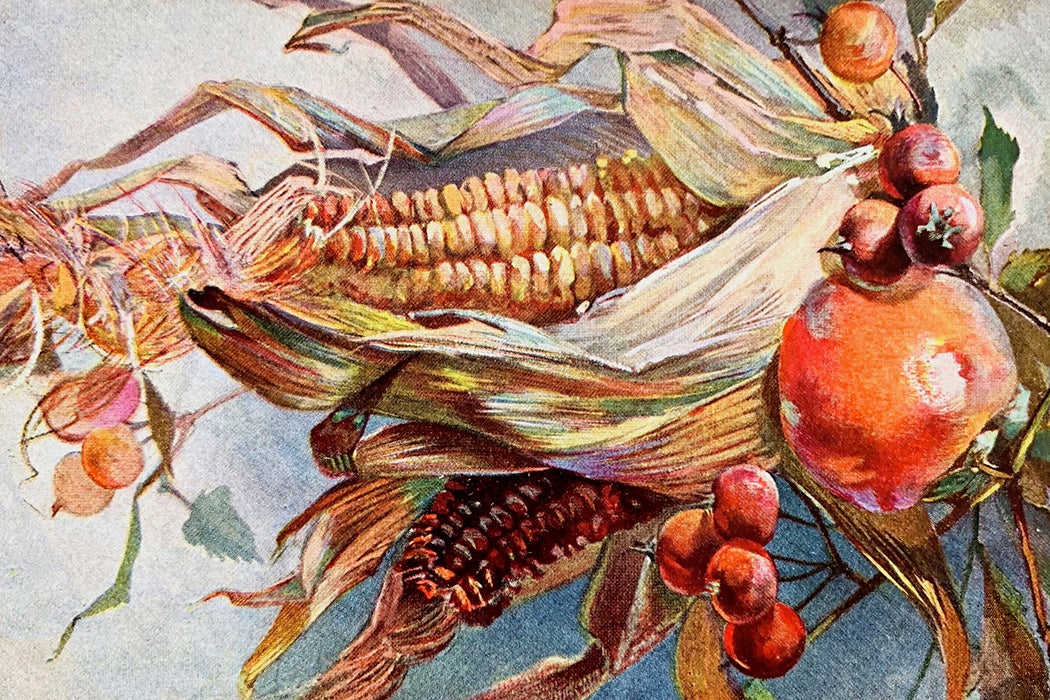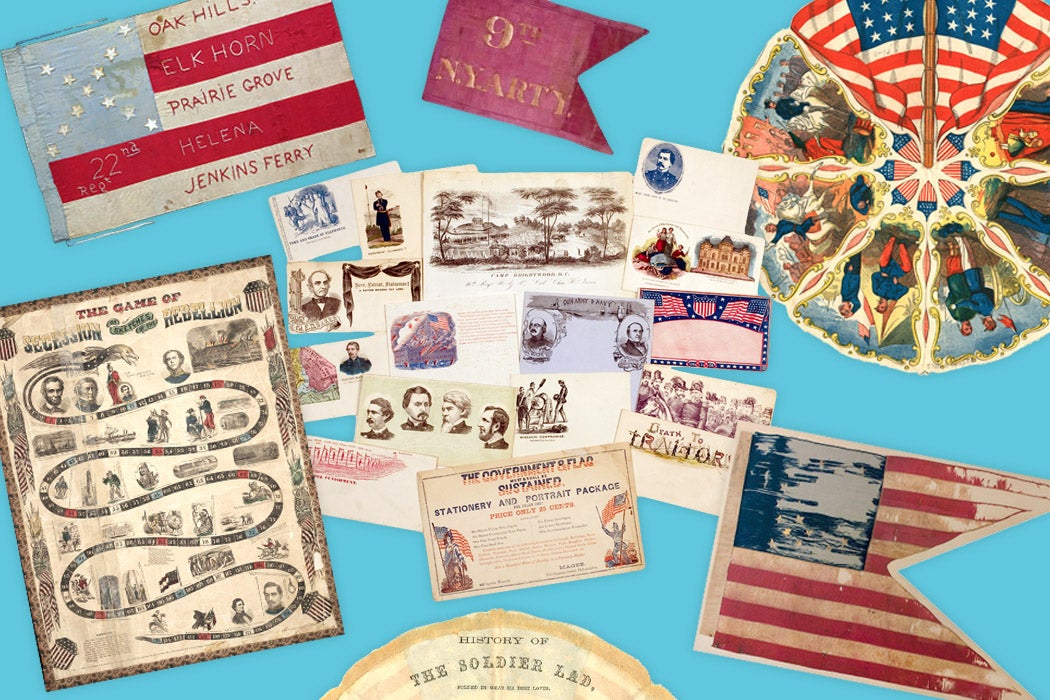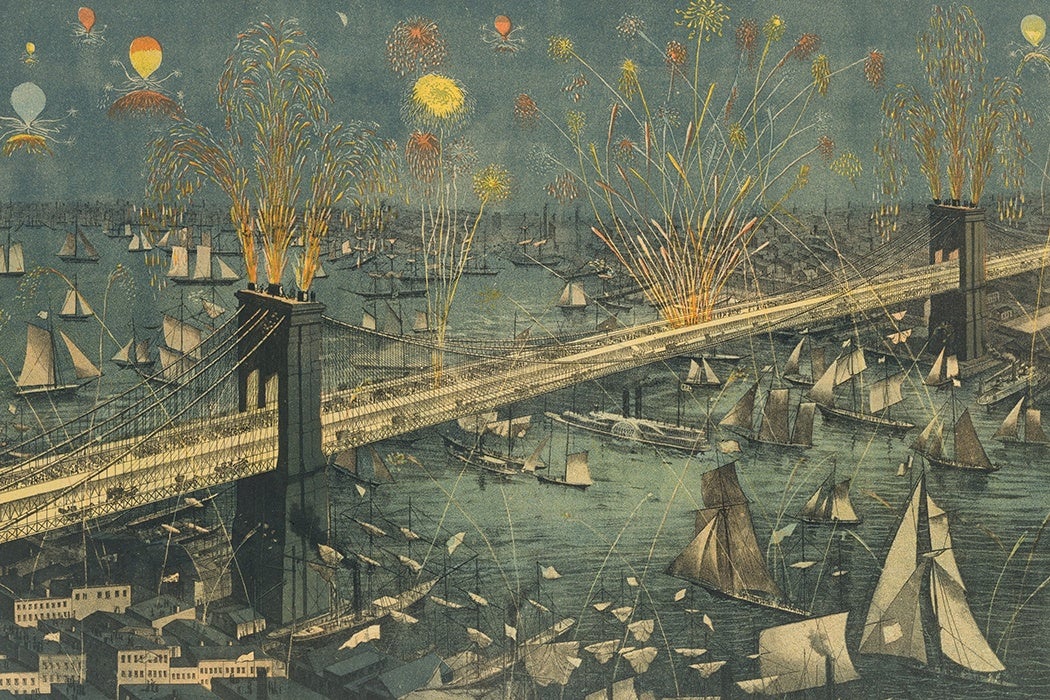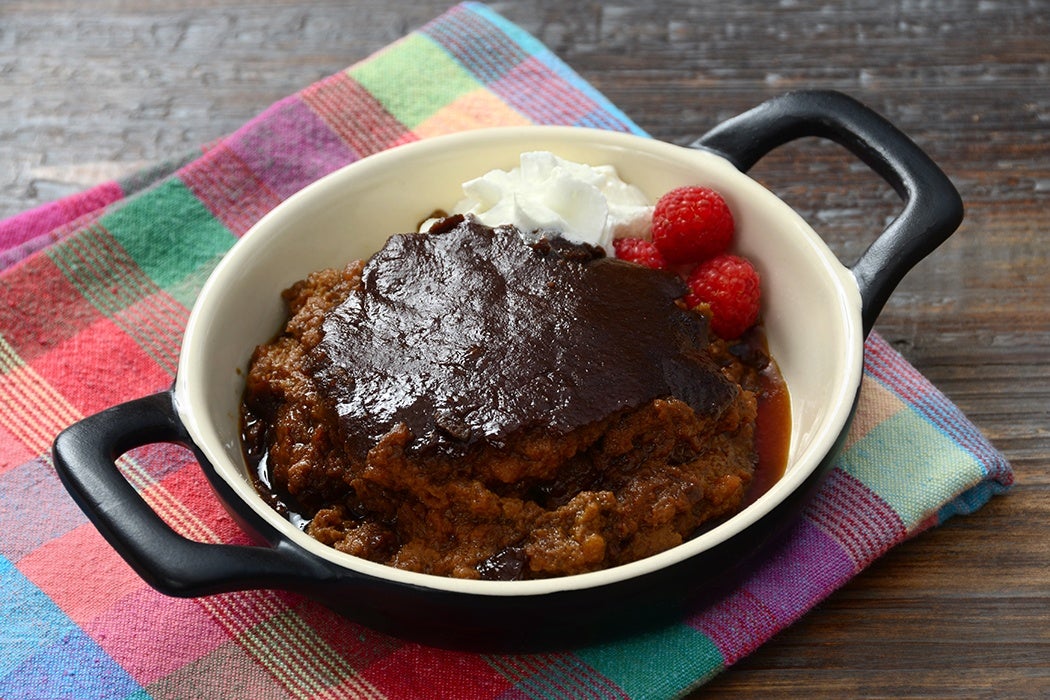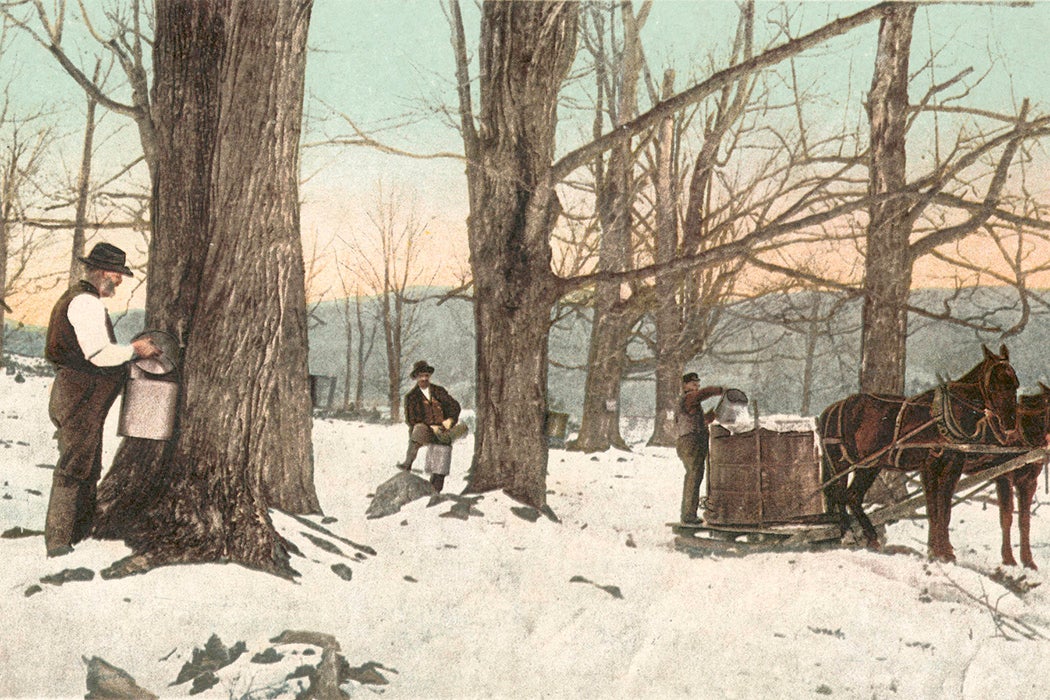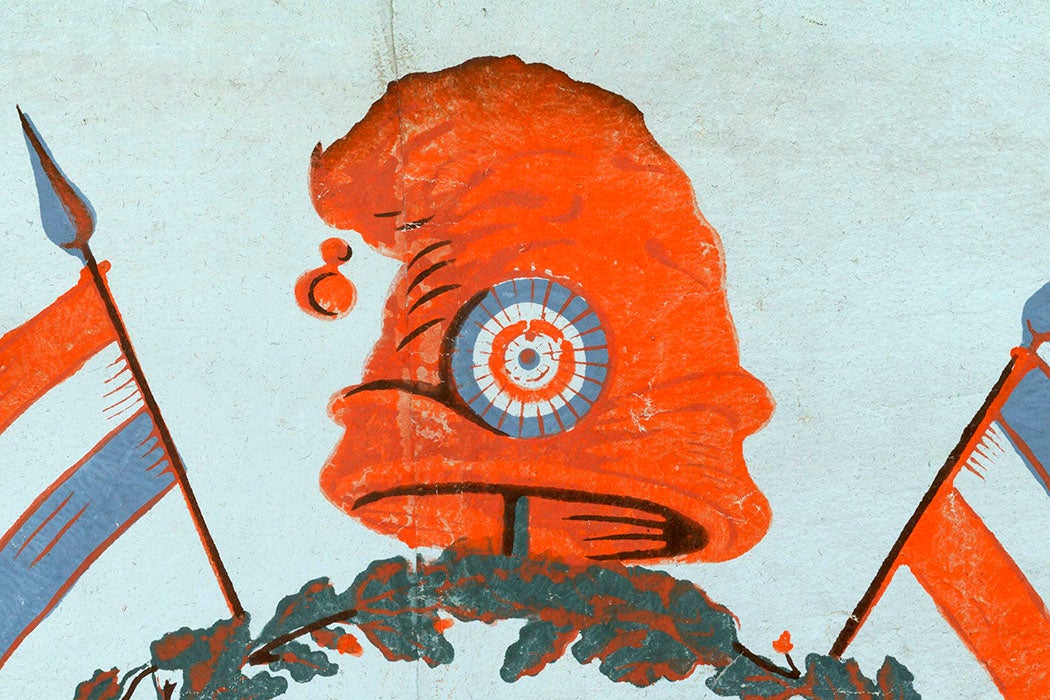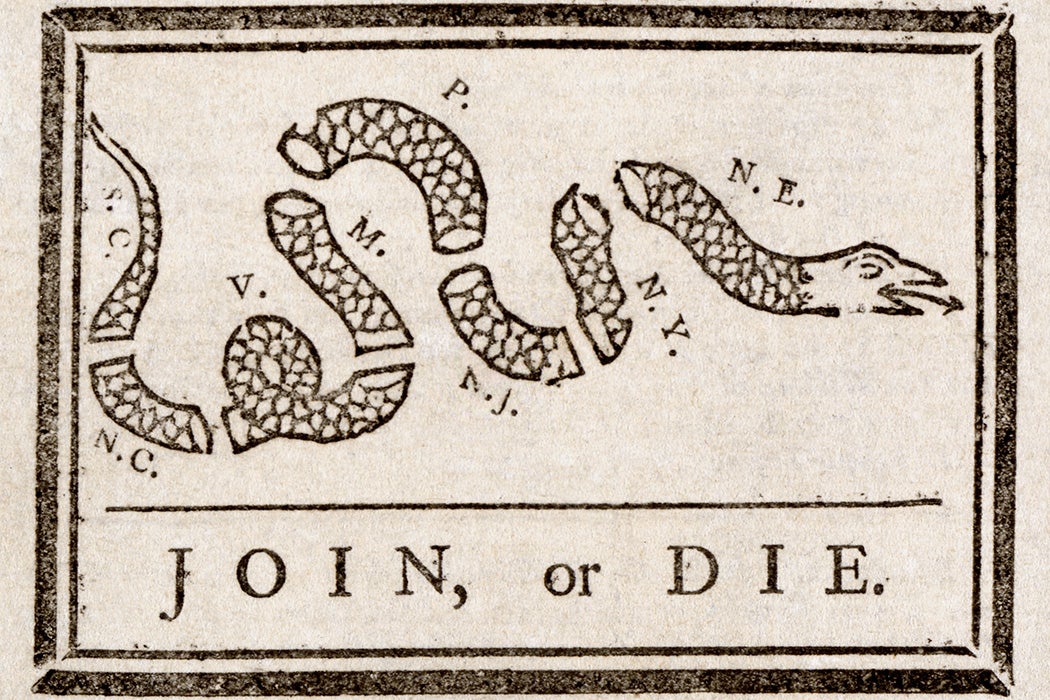Happy (US) Independence Day! May your grills be hot, your drinks be cold, and your fireworks without injury. To mark the occasion, the Daily editors have gathered their favorite stories related to the holiday and its history.
Independence, Expanded
“What to the Slave is The Fourth of July?”: Annotated
July 4, 2023
On July 5, 1852, Frederick Douglass gave a Fourth of July speech that became his most famous public oration.
Celebrating Immigration on the Fourth of July
July 2, 2018
For many immigrants to the U.S. in the late 19th century, July 4th was deeply significant: Their own home countries were fighting for independence.
When Did Colonial America Gain Linguistic Independence?
July 4, 2017
By the time the Declaration of Independence was signed in 1776, did colonial Americans still sound like their British counterparts?
How Black Americans Co-opted the Fourth of July
July 3, 2020
After the Civil War, white southerners saw the Fourth of July as a celebration of Confederate defeat. Black southerners saw opportunities.
The Role of Naval Impressment in the American Revolution
July 4, 2021
Maritime workers who were basically kidnapped into the British Royal Navy were a key force in the War of Independence.
The Letter That Helped Start a Revolution
November 2, 2022
The Town of Boston’s invention of the standing committee 250 years ago provided a means for building consensus during America’s nascent independence movement.
What Are We to Make of Thomas Jefferson?
April 13, 2017
There is perhaps no more enigmatic figure in American history than Thomas Jefferson, born April 13, 1743. How should his legacy be understood today?
Colonial Civility and Rage on the American Frontier
January 23, 2022
A 1763 massacre by colonial settlers exposed the irreconcilable contradictions of conquest by people concerned with civility.
Building A Better Democracy?
November 3, 2020
Metaphors of construction have been popular in American history from the start. How come?
Revolutionary Atrocity
August 29, 2023
For the Americans, narratives about the savagery of the British became an important part of nation-building and a moral justification for armed rebellion.
How Thomas Paine Marketed the Revolution
January 10, 2017
Thomas Paine’s Common Sense presented the case for American independence in a way that spoke to the average person.
Webster’s Dictionary 1828: Annotated
April 19, 2024
Noah Webster’s American Dictionary of the English Language declared Americans free from the tyranny of British institutions and their vocabularies.
Crispus Attucks Needs No Introduction. Or Does He?
January 20, 2020
The African American Patriot, who died in the Boston Massacre, was erased from visual history. Black abolitionists revived his memory.
The Declaration of Independence and the US Constitution
The Federalist No. 1: Annotated
May 30, 2024
Alexander Hamilton’s anonymous essay challenged the voting citizens of New York to hold fast to the truth when deciding to ratify (or not) the US Constitution.
The Declaration of Independence: Annotated
December 9, 2021
Related links to free scholarly context on JSTOR for the foundational document in American government.
The Native American Roots of the US Constitution
September 15, 2021
The Iroquois, Shawnee, Cherokee, and other political formations generally separated military and civil leadership and guarded certain personal freedoms.
The Constitution Most Americans Have Forgotten About
March 1, 2017
The Articles of Confederation set off the long-running feud between states' rights and Washington, a debate that still rages today.
Who Wrote the Declaration of Independence?
July 2, 2016
The Second Continental Congress adopted the Declaration of Independence on July 4, 1776. Thomas Jefferson was not then credited with its authorship.
Where the “Well Regulated Militia” Clause Came From
January 18, 2016
The ideological roots of the concept of militias in America stretch back into English history.
The Fourteenth Amendment: Annotated
January 22, 2024
Adopted in 1868, the Fourteenth Amendment to the US Constitution addresses citizenship rights, due process, and equal protection under the law.
The Pro-Democratic Fourteenth Amendment
July 22, 2022
At the heart of recent US Supreme Court decisions, the Fourteenth Amendment was framed to require free speech and free elections in the South.
Fireworks, Flags, and Food
“Simple, Wholesome Food” for a New American Nation
February 14, 2025
In the aftermath of the Revolutionary War, Americans faced understandable anxiety about what their society would look like—and what they should eat.
Patriotism and Consumerism in the Civil War
July 3, 2022
For a burgeoning consumer society, store-bought flags and bonnets offered proof that commercialism could go hand in hand with heartfelt emotion.
When Fireworks Told Stories
July 3, 2017
In Europe between the fifteenth and nineteenth centuries, fireworks displays were performances that told a story or symbolized real-world battles.
Hasty Pudding: The Original American Comfort Food
November 24, 2016
Puddings can be surprisingly nationalistic.
Praising Maple Sugar in the Early American Republic
April 7, 2022
In Early America, some prestigious residents advocated for the replacement of cane sugar, supplied by enslaved workers, with maple sugar from family farms.
The Rise and Fall of the Liberty Cap
October 19, 2021
What happened to the revolutionary headgear that symbolized freedom from enslavement? Meet the sectional politics of the early republic.
The Serpents of Liberty
August 30, 2021
From the colonial period to the end of the US Civil War, the rattlesnake sssssssymbolized everything from evil to unity and power.
Editor’s Note: This collection was last updated July 2, 2025.
Got a hot tip about a holiday we all need to know about? Email us here.
